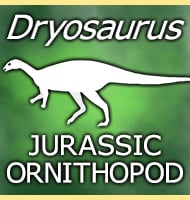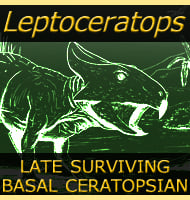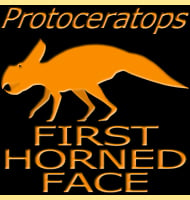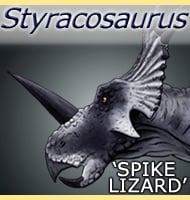Dryosaurus
In Depth The maximum adult size of Dryosaurus is difficult to estimate as all of the known specimens seem to represent animals that were still growing. What is known is that Dryosaurus was a bipedal dinosaur of the bird hipped group. It had a light build with long legs, long neck and a stiff tail, … Read more



